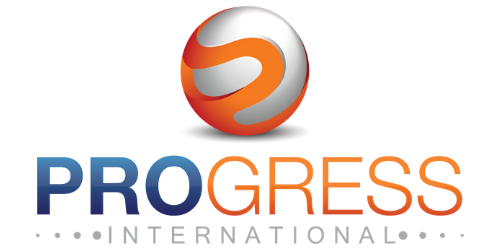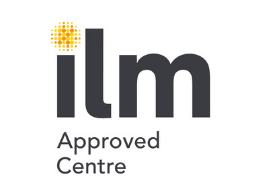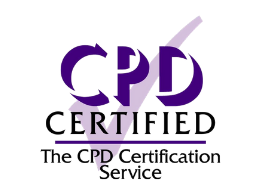Accommodating a global workforce’s diverse needs and preferences is beneficial and essential for fostering an inclusive and adaptive organisational culture. Traditional training methods, often rigid and one-dimensional, struggle to meet the varied demands of modern employees who seek flexibility, personalisation, and efficiency in their learning experiences.
This is where blended learning emerges as a compelling solution. It combines the immediacy and personal touch of traditional classroom training with the accessibility and innovation of digital learning.
In this article, we explore the multifaceted benefits of blended learning, detailing how it offers a more flexible, inclusive, and practical approach to employee development. You’ll discover how blended learning can enhance engagement, improve knowledge retention, and provide significant cost savings while also being adaptable to each employee’s unique learning styles and schedules. Moreover, we’ll guide you through the essential steps to implement a successful blended learning strategy within your organisation, ensuring you can meet and exceed your developmental goals in this dynamic work environment.
Understanding Blended Learning
Blended learning is an educational strategy that combines online digital media with traditional classroom methods. It requires the instructor’s and student’s physical presence, and there is some element of student control over time, place, path, or pace.
This dual-modality allows the learning process to be more personalised and accessible, accommodating each employee’s unique learning styles and schedules.
The Advantages of Blended Learning in the Workplace
Flexibility and Accessibility
One of blended learning’s foremost benefits is its flexibility. Employees can access learning materials anytime and from anywhere, making it ideal for organisations with remote teams or those in different time zones. This flexibility ensures that learning does not disrupt daily work tasks, enhancing productivity and allowing employees to learn at their own pace.
Enhanced Engagement and Retention
Blended learning approaches combine various instructional methods, such as videos, interactive sessions, real-time feedback, and practical tasks. This variety caters to different learning styles and keeps engagement levels high.
Interactive elements and practical applications help reinforce learning, leading to better knowledge retention than traditional learning methods.
Cost-Effectiveness
Implementing blended learning is often more cost-effective than traditional face-to-face training. It reduces the need for physical materials, minimises travel expenses, and decreases the required instructional time. By leveraging digital platforms, organisations can scale their training programs without significantly increasing costs.
Better Tracking and Assessment
Digital components of blended learning allow for better progress tracking and more detailed assessments. Learning management systems can provide analytics and real-time feedback, which help adjust the learning path according to individual needs and performance. This ensures that the training is effective and meets the desired developmental goals.
Implementing Blended Learning in Your Organisation
To successfully integrate blended learning into your organisation, it is crucial first to assess the specific needs of your workforce and align them with your overall business objectives. Designing a blended learning program involves selecting the right mix of online and offline elements to convey the content best and engage your team.
Collaboration with experienced training providers can also be invaluable. Such partners can help tailor a blended learning program that fits seamlessly into your existing corporate culture and training frameworks, ensuring your workforce learns and excels.
Blended Learning: Conclusion
Blended learning is not just a trend—it’s a strategic response to the evolving demands of the modern workplace. By integrating this versatile approach into your training programs, your organisation can achieve higher engagement and efficiency, fostering a learning environment that resonates with today’s diverse workforce.
Blended learning’s adaptability ensures that each employee can learn in a manner that best suits their needs, ultimately leading to improved performance and job satisfaction.
As you consider transitioning to a blended learning model, remember that the key to success is its correct implementation. Start by aligning the training objectives with your business goals and considering the unique characteristics of your workforce. Utilise the insights and strategies discussed here to craft a program that not only educates but also empowers your employees. By doing so, you’ll enhance the skills of your team and build a more resilient and dynamic organisation.
Embrace blended learning to develop a more skilled, motivated, and adaptable workforce. The journey towards a more effective and inclusive training program begins here, ensuring that your organisation remains competitive and forward-thinking in a constantly changing business landscape.
Follow-Up: Learn from Success
For those interested in seeing the real-world impact of a tailored blended learning program, we encourage you to explore a detailed case study of how one organisation successfully implemented these strategies to achieve remarkable results. This case study highlights the planning, execution, and outcomes of a blended learning initiative, providing valuable insights and practical examples that can inspire and guide your training efforts.
Here, you’ll better understand how blended learning can be customised to fit an organisation’s and its workforce’s specific needs. It showcases the thoughtful integration of digital tools and traditional methods to enhance learning effectiveness and engagement. Explore this resource to learn about the challenges faced, strategies employed, and the measurable benefits realised, helping you envision the potential successes your program could achieve.








